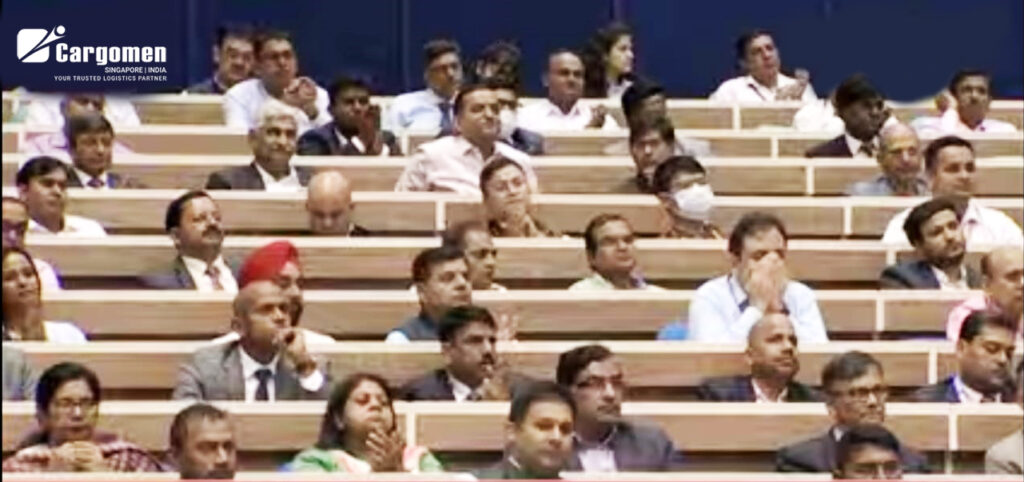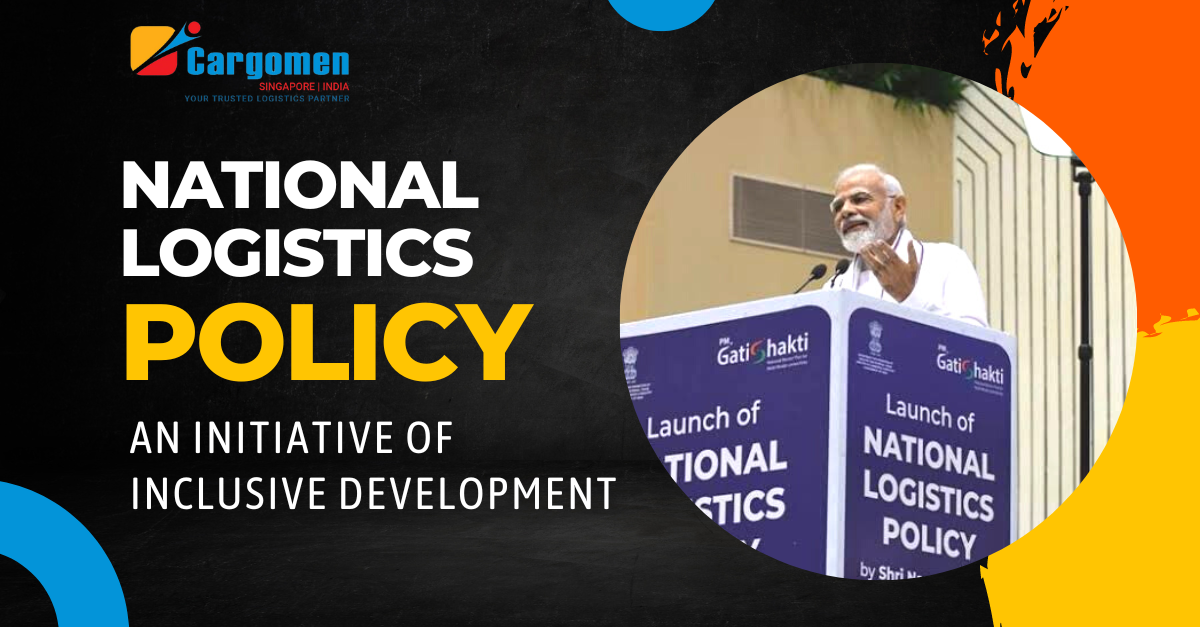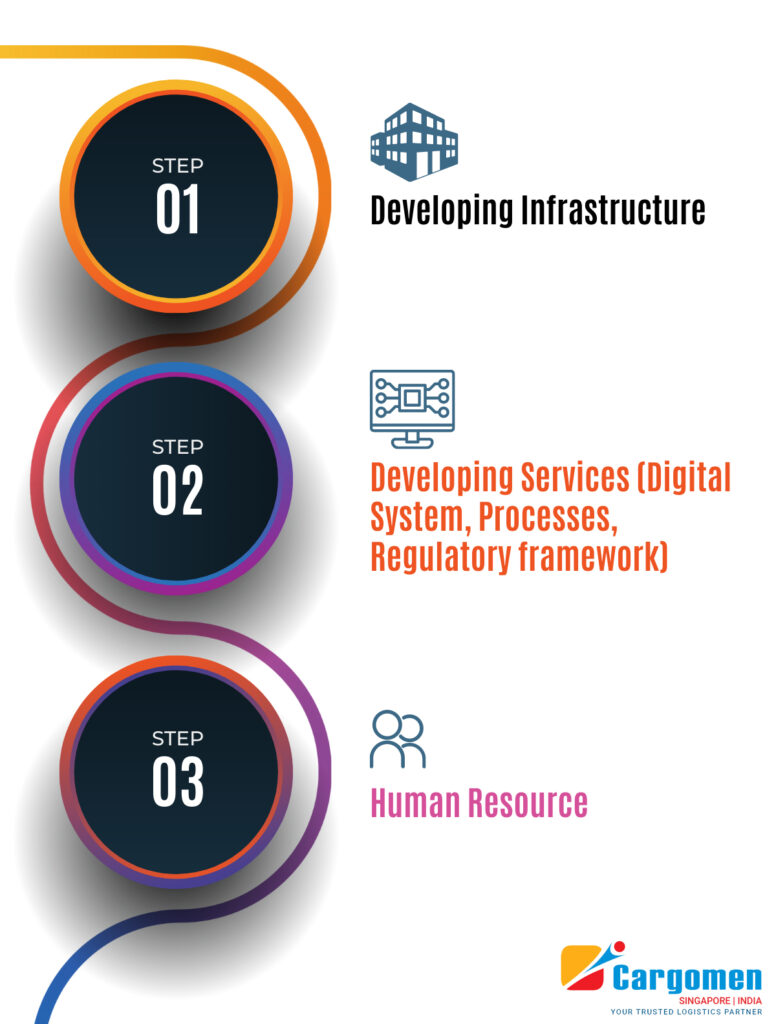National Logistics Policy – An initiative of inclusive development
– Kamal Jain, Director, Cargomen Logistics
The Government of India (GOI) has recently been making great efforts to boost the growth of export industry. To tap this opportunity in the export industry, our produce needs to be competitive, in terms of costing. GOI realises that one of the important and variable cost elements of an export product is its logistics cost (the costs to take a product from the point of production to the point of consumption).

Objectives of the National Logistics Policy
To work on the same, the National Logistics Policy (NLP) has been designed which can significantly reduce by developing better efficiency and alignment among stakeholders of the entire supply chain, be it infrastructure, services (digital systems/ processes/ regulatory framework),or human resources.
To reduce the logistics cost, GOI has made a three-way transformative step by launching NLP by introducing ULIP (Unified Logistics Integrated Platform) and CLAP (Comprehensive Logistics Action Plan).
Key objectives:
A) Reduce the logistics cost in India to be comparable to the global benchmark by 2030
Presently Indian logistics is around 13-14 percent of GDP, which is much higher than global than the standard 7-8 percent in developed economies. Hence GOI will work to reduce the same.
B) Logistics Performance Index ranking – endeavour to be among the top 25 countries by 2030.
Logistics performance is judged based on the turnaround time of clearance at port, ship loading and unloading, cost and efficiency at the terminal, and regulatory framework, which constitutes trade compliance.
C) Create a data-driven decision support mechanism for an efficient logistics ecosystem.
All stakeholders in the supply chain operate in their respective systems (digital / processes), leading to non-alignment and higher cost and turnaround time of delivery.

Components of the Three-way action plan to develop logistics efficiency
Step 1 – Developing Infrastructure
Multimodal logistics parks will be designed focusing on Industrial growth. The park will make our product more competitive by providing Warehouses, Railway sidings, ICD, CFS, Cold storages, and other ancillary requirements of industrial development.
Step 2- Developing Services (Digital System, Processes, Regulatory framework)
By creating the ULIP (Unified logistics Integrated Platform), an effort has been made to create interoperability within the system having various stakeholders in the supply chain. The Policy has also brought CLAP (Comprehensive logistics action plan) that will provide all the required data.
Step 3- Human resource
In recent times, India has become the back bone of the world due to its inherent skill set and low cost of operations. The country has also been known as the planning centre for the global supply chain. The Government has decided to have more skill development centres in the logistics vertical with central and state participation.
The GOI aims to achieve the ambitious target of developing logistics efficiency in line with global standards. These efforts will be a game changer for the Indian Economy, similar in lines to what UPI did for day to day payments.
Though there have been various efforts in the last 20 years for digitisation and IT Implementation, not much has been achieved so far. However, this time we are seeing a lot of energy focus and accountability from the government in relation to logistics implementation.
The Policy demands efforts from each stakeholder, and the new initiatives are creating accountability and binding these operators, giving them an opportunity for nation-building.




